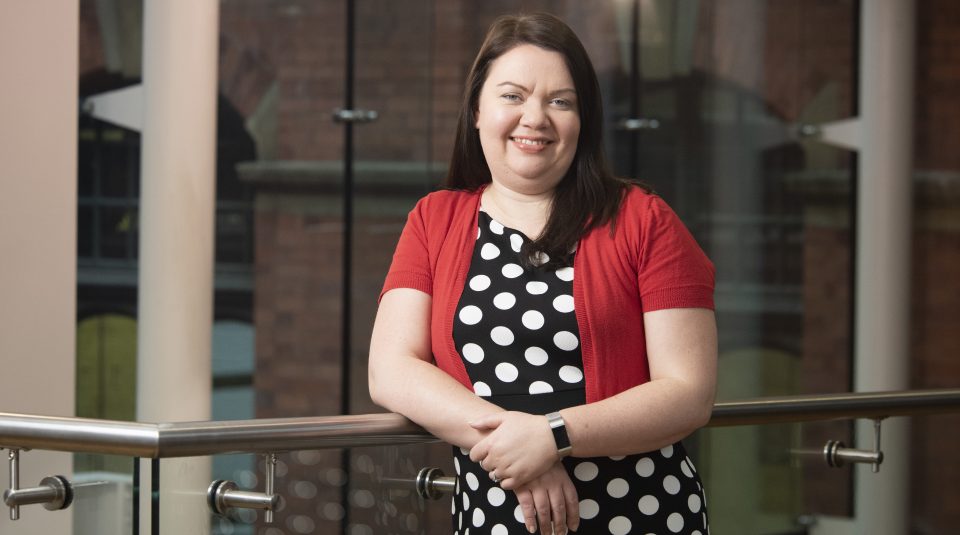
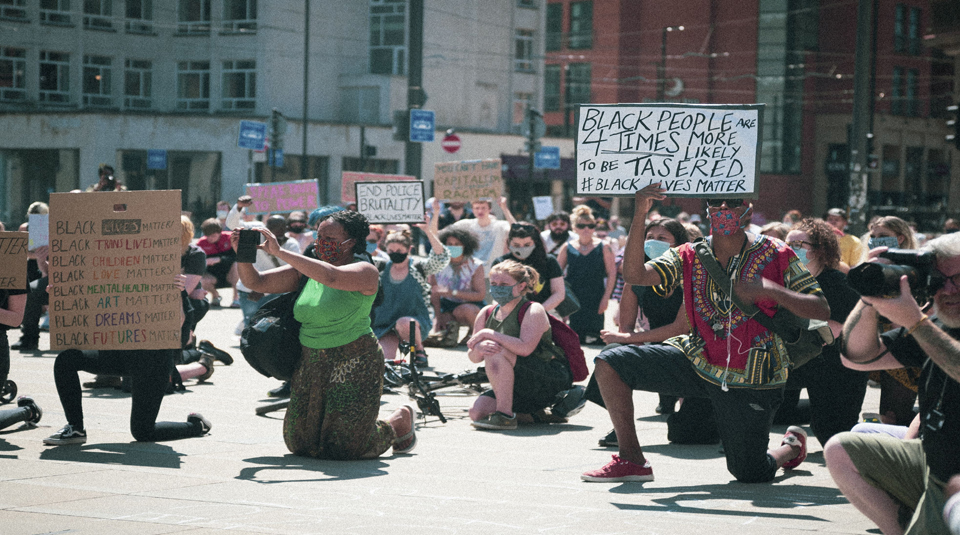
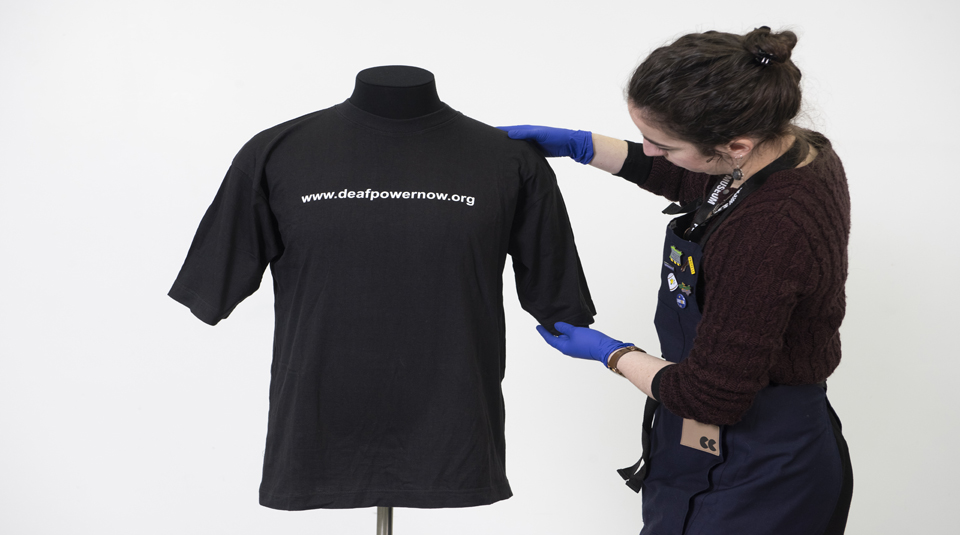
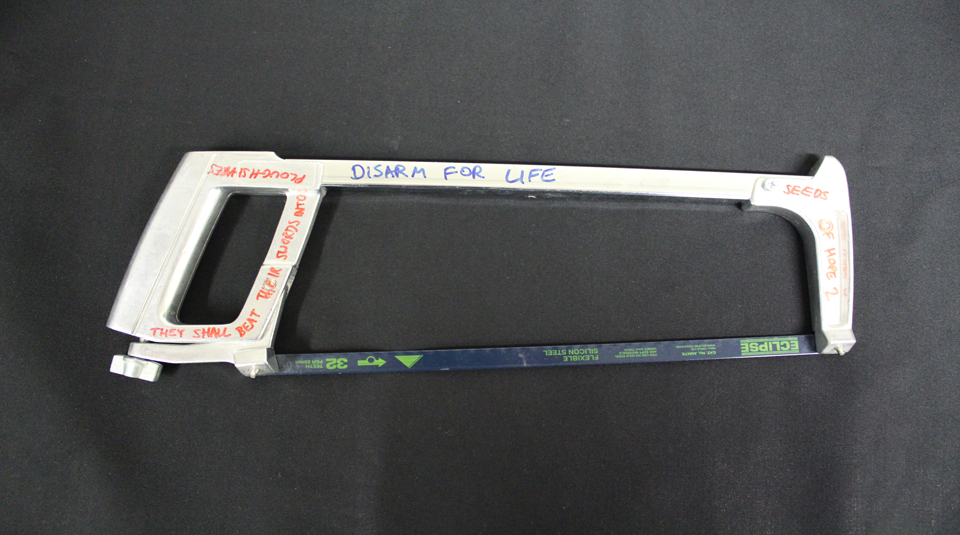
Contemporary collecting is at the core of what People’s History Museum (PHM) does, it has been since the museum was established in Manchester in the early 1990s. Year on year, with an ever increasing number of dramatic events unfolding and campaigns for change emerging locally, nationally and globally, the role of contemporary collecting has become even more important. Here PHM’s Director Katy Ashton shares the inside story on what contemporary collecting means to the national museum of democracy and why it has launched a fundraising campaign to support this work.
Lots of museums work on contemporary collecting, but it means different things to each one, and there’s no official definition of what counts as ‘contemporary’. Many focus on events from around the last 50 years which are underrepresented in their collections. What makes PHM’s contemporary collecting different is that our focus is very modern and for the most part, focused on issues and events that are happening right now.
It is an inherent part of how we collect and how we represent the UK as the national museum of democracy. We don’t collect contemporary material as part of a dedicated project to fill gaps in a collection; but just as a way of doing things at PHM.
As such PHM’s collection expands from events such as the Ambulance Dispute of 1989 through to events in recent weeks and months, including Black Lives Matter protests and Covid-19.
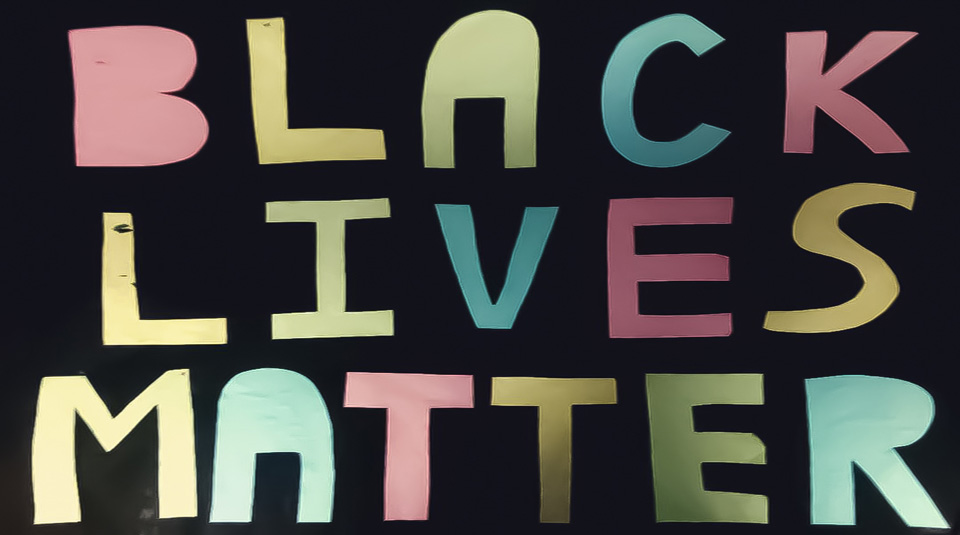
PHM’s collecting of Black Lives Matter protest material and Covid-19 related items both fall into the category of key events, as well as recent Brexit collecting before and after the referendum in 2016.
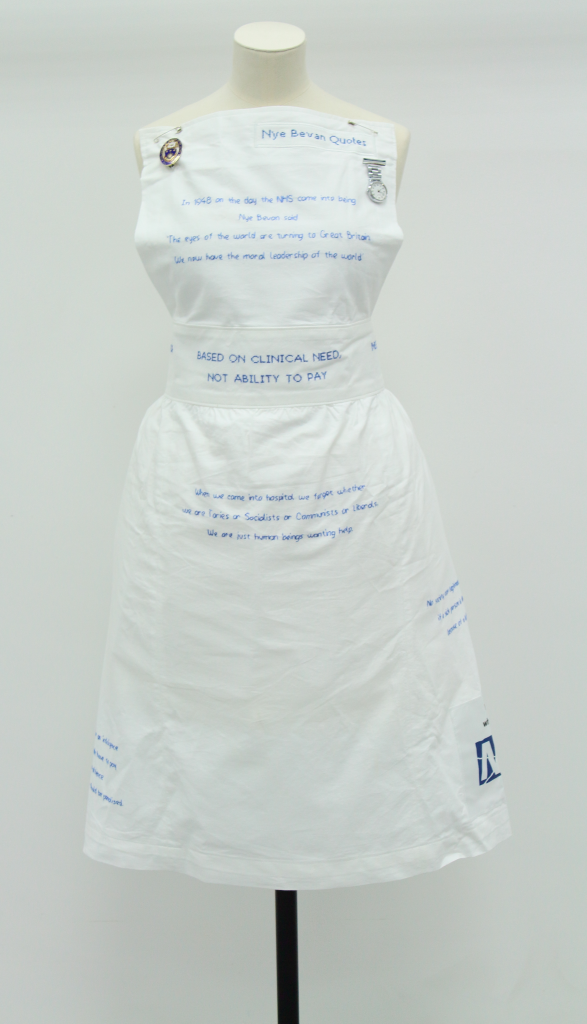
The definition of contemporary is relative and changes over time, with objects for example collected in the 1980s or 1990s seen as contemporary then, but no longer the case 30 years later. However, to give an indication, in 2019 around 80 of PHM’s 210 new acquisitions were connected to contemporary topics or events.
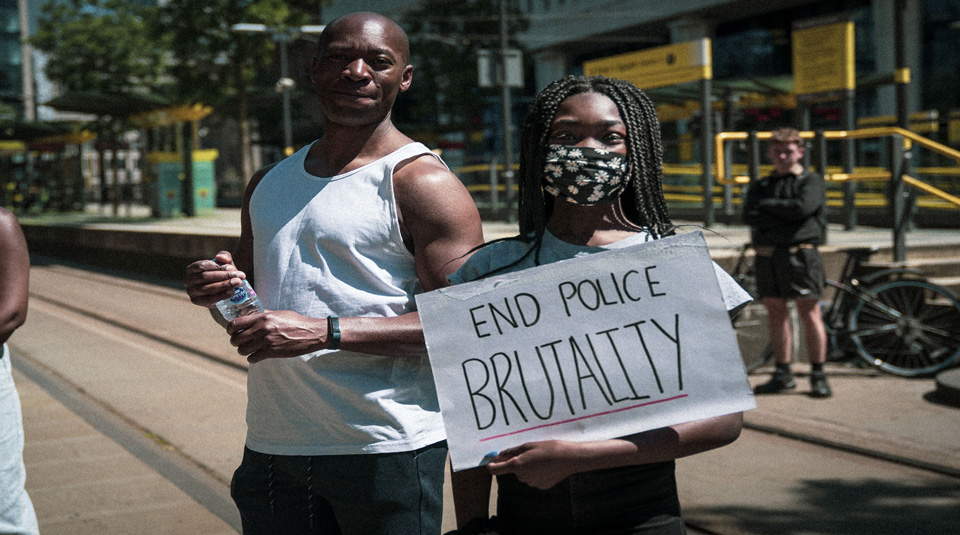 What has the museum collected most recently?
What has the museum collected most recently?One of the museum’s most recent acquisitions is a collection of images taken by photographer Jake Hardy at a Black Lives Matter protest in Manchester on 31 May 2020. These images came into the PHM collection in June. They are one of a number of ways that PHM’s collection is already reflecting the Black Lives Matter movement and will continue to do so. They will not be static additions to the collection, these images will be used to inform and stimulate discussions, bring people together, aid research and feature in future exhibitions.
As the museum develops its future programme themes there will be the opportunity for objects to feature in exhibitions – with current and upcoming themes including migration, disabled people’s rights and activism, and environmental action.
You can contact collections@phm.org.uk to arrange to visit the museum store, if safe to do so, or to request further information and photographs. The collection can also be accessed online.
Our long term ambition is to be able to display PHM’s contemporary collection in the main galleries. The museum would love to bring the permanent displays, which currently end around the year 2000, up to the present day reflecting on recent events and changes in history including Brexit, Jo Cox and More in Common, Black Lives Matter, Covid-19, the Scottish referendum and more. Without the contemporary collecting work we are doing now, this won’t be possible.

Once an object enters the museum collection, it is treated in the same way and goes through the same processes whether it is contemporary or historic. Once accessioned into the collection their condition is assessed to determine how they can be used or displayed, they are catalogued in the same way, and they are stored in a way that best suits their materials and design. One consideration is that contemporary items are often made of materials, or using techniques, which present different conservation challenges when compared with historic objects, such as the use of plastic, felt tip pen, cardboard or glitter.
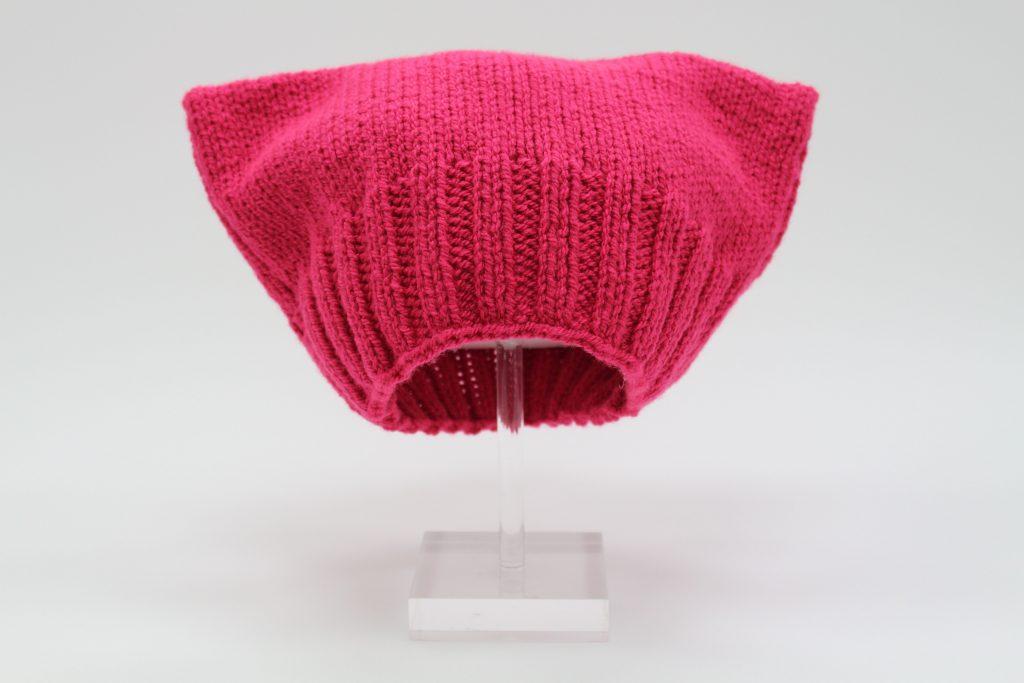
At this pivotal point in history, when our national healthcare service is being tested and valued like no time before, and when many people are taking collective action for change, we believe there hasn’t been a more crucial time for PHM’s contemporary collecting. The way people campaign and demonstrate, often with ephemeral handmade items, means that these items are likely to be lost if we wait for these events to become ‘historic’ so it is important that we collect as these socio-political events are taking place.
However, it is also a challenging time financially, not least because of the income affected by the museum building being closed for five months during lockdown. So we are asking people to support us in our contemporary collecting work so that PHM can share these historic moments for current and future generations and tell the stories of the extraordinary changemakers of our world who deserve to be recognised and remembered.
We are looking for additional support to cover the costs of transportation, conservation, digitisation and documentation of the contemporary collections coming into PHM’s permanent collection. The behind the scenes work of collecting objects, cataloguing, conserving and caring, storing and displaying or using them, all requires a significant investment of expertise, time and resources. As PHM’s collection grows these costs also grow, and support through the Collective Action campaign will make a vital difference to the museum’s ability to care for and provide access to its unique and amazing collection.
Find out how you can support PHM’s Collective Action campaign.
Find out more about PHM’s collections
Find out more about the images and photographer Jake Hardy.